Eurozone PMI Manufacturing rose from 46.4 to 47.3 in November. PMI Services was unchanged at 48.6. PMI Composite rose from 47.3 to 47.8.
Chris Williamson, Chief Business Economist at S&P Global Market Intelligence said:
“A further fall in business activity in November adds to the chances of the eurozone economy slipping into recession. So far, the data for the fourth quarter are consistent with GDP contracting at a quarterly rate of just over 0.2%.
“However, the November PMI data also bring some tentative good news. In particular, the overall rate of decline has eased compared to October. Most encouragingly, supply constraints are showing signs of easing, with supplier performance even improving in the region’s manufacturing heartland of Germany. Warm weather has also allayed some of the fears over energy shortages in the winter months.
“Price pressures, the recent surge of which has prompted further policy tightening from the ECB, are also now showing signs of cooling, most noticeably in the manufacturing sector. Not only should this help contain the cost of living crisis to some extent, but the brighter inflation outlook should take some pressure off the need for further aggressive policy tightening.
“However, it’s clear that manufacturing remains in a worryingly severe downturn, and service sector activity is also still under intense pressure, both largely as a result of the cost of living crisis and recent tightening of financial conditions. A recession therefore looks likely, though the latest data provide hope that the scale of the downturn may not be as severe as previously feared.”
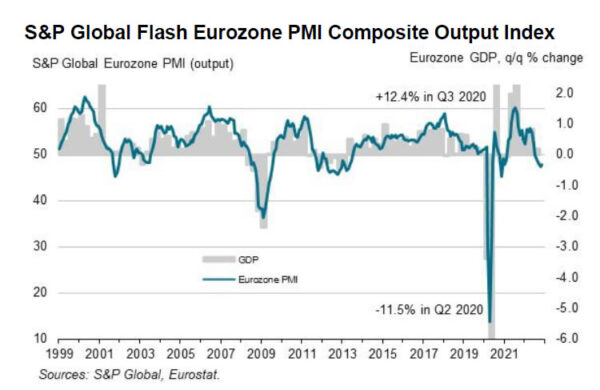
Full release here.




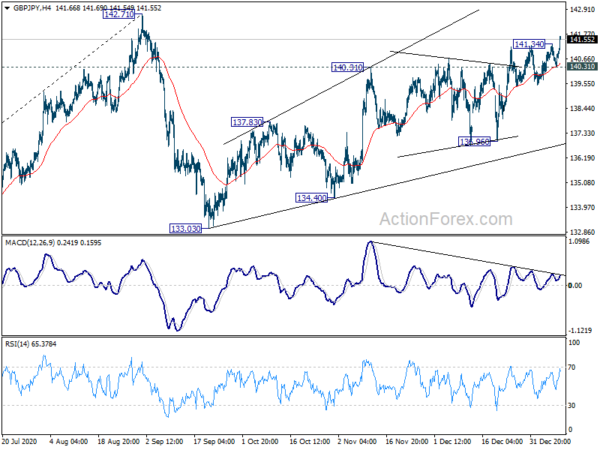
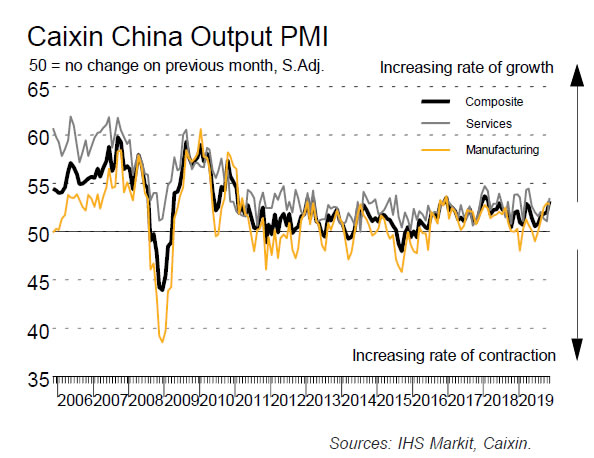
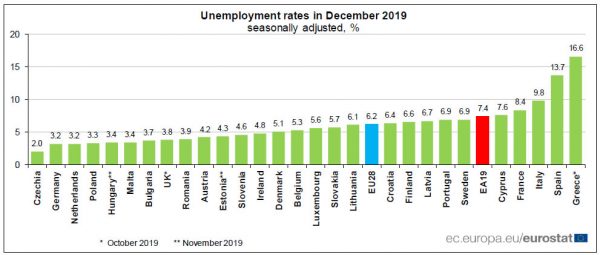
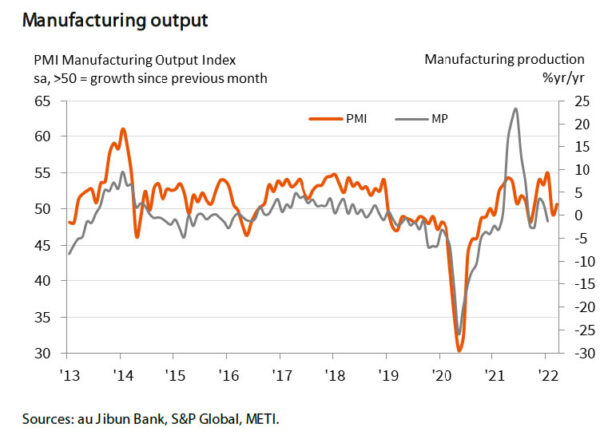
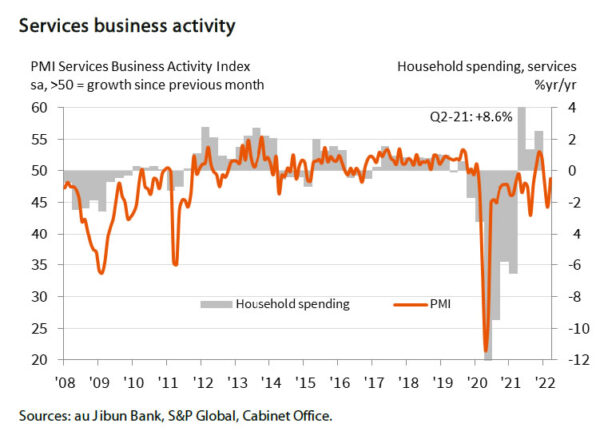
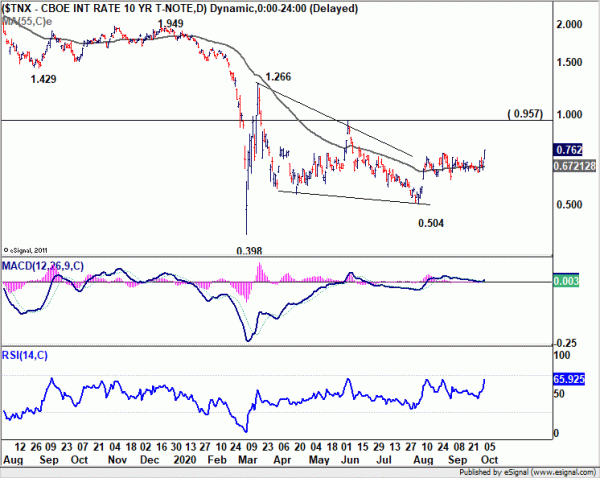
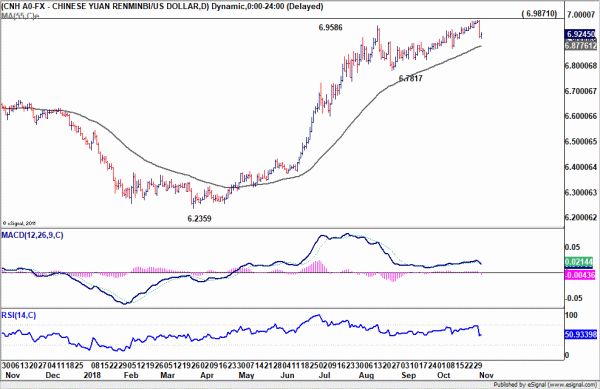

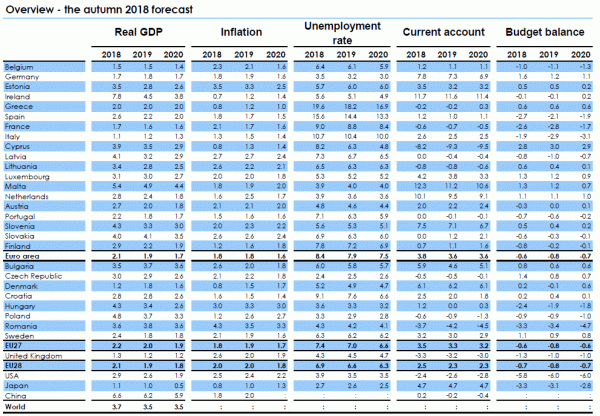
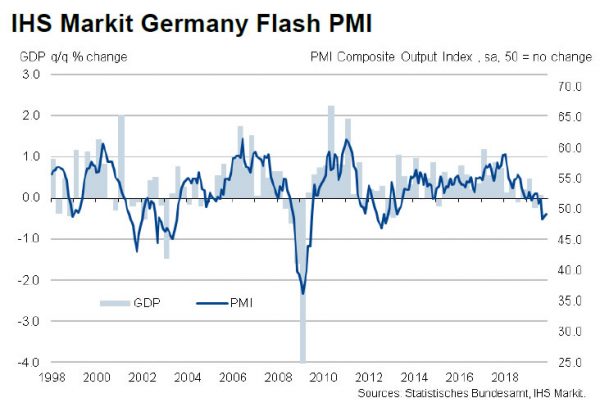

WTI upside breakout as OPEC+ eases production cut by 500k bpd
OPEC and Russia agreed to ease their oil output cut by 500k barrels per day starting January. That is, OPEC_ will cut production by only -7.2m bpd, or -7% of global demand, comparing to current cuts of -7.7m bpd. Additionally, the group will meet every month to review the output policies beyond January, with monthly increases in production not exceeding 500k bpd.
WTI crude oil broke out of near term range on the news and hit as high as 46.43 so far. Near term outlook will now remain bullish as long as 43.78 support holds. 50 psychological level is the next hurdle. Reaction from there would decide whether the rise from March’s spike low would develop into a sustainable long term up trend.